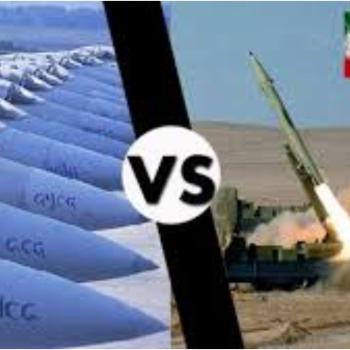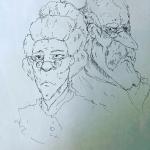In her Leviticus as Literature , the late Mary Douglas offers some interesting possibilities for interpreting the prohibition of eating fat and for the arrangement of animal portions on the altar.
Her interpretation is guided by her recognition of analogies between Sinai, the tabernacle, and the body, both of the animal and of the person. Within this overall parallel, which she finds in Jewish mystical writing and early Christian poetry (like that of Ephrem), the fat corresponds to the “boundary of forbidden sacred space on the mountain.” The boundary on the mountain protects the summit, where Yahweh meets with Moses in the glory; the fat protects the inner organs that represent the inmost being of the person offering.
This parallel also helps to explain the way the animal pieces are arranged inside the altar. Contrary to what we might expect, “the sacrificial pile starts with the head underneath and goes up to the entrails” (this in Lev 1:8-9). James Jordan has suggested that this places the priority on the head and suet, since they enter the altar first, and the body following. Understood in this fashion, the rite of offering is depicting the head-body sequences that are evident throughout the Bible, especially in the New Covenant. Douglas’s position, however, has something to say for it too: As a static stack of body parts, the sequence is head, suet, entrails. If there’s a match with Sinai and the tabernacle, the entrails and legs correspond to the summit of the mountain and the Most Holy Place.
In this she sees a multiple symbolism. On the one hand, the innermost parts of the animal correspond to the summit of the mountain. Our “reins” constitute our bodily “holy of holies.” She also sees a nuptial symbolism at work: “The temple was associated with the creation, and the creation with fertility, which implies that the innermost part of the tabernacle was a divine nuptial chamber . . . . It was fitting that the sanctuary was interpreted as depicting ‘in a most tangible form the union between God and Israel.’”
Turning to the lobe of the liver, Douglas points to the Hebrew term yoteret , related to yeter , excess or remainder. She links the prominence given to the “remainder” of the liver with the prohibition of eating “remains” (Leviticus 7:15-16), and concludes that the lobe of the liver stands “for the remainder of the people after the disasters that befell them.” If this sounds too ingenious, she reminds her readers that “there are no contending explanations.”














